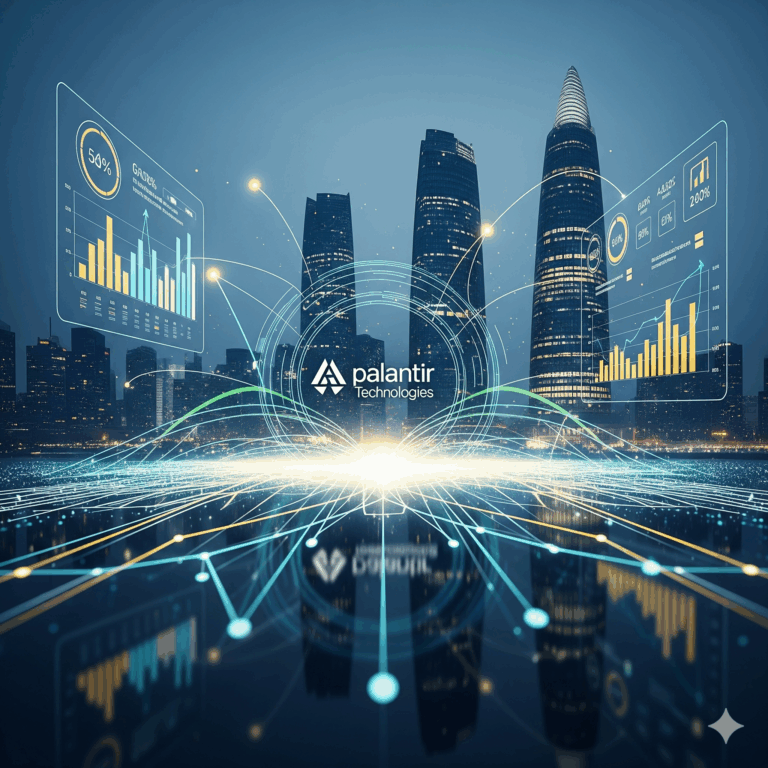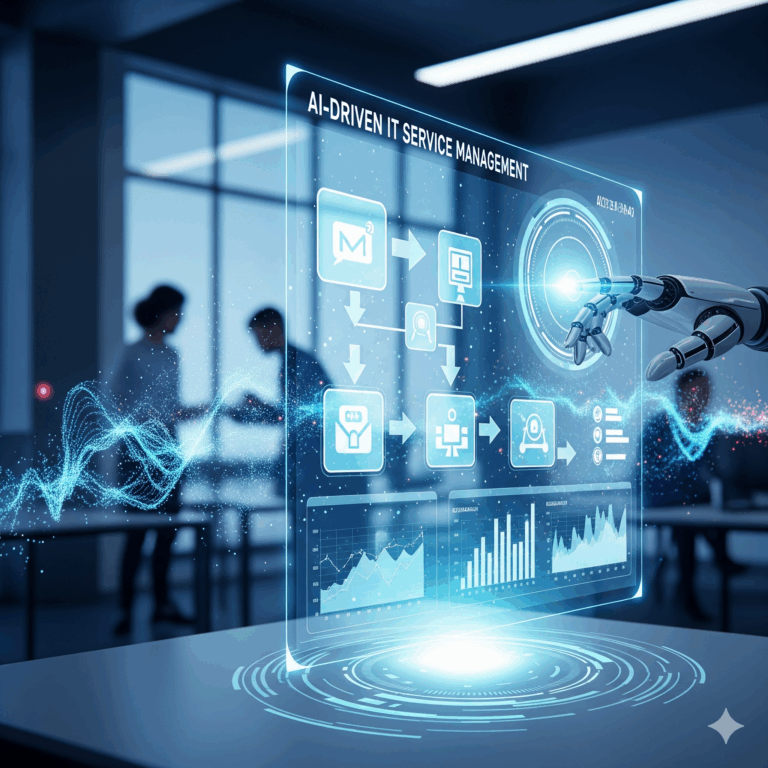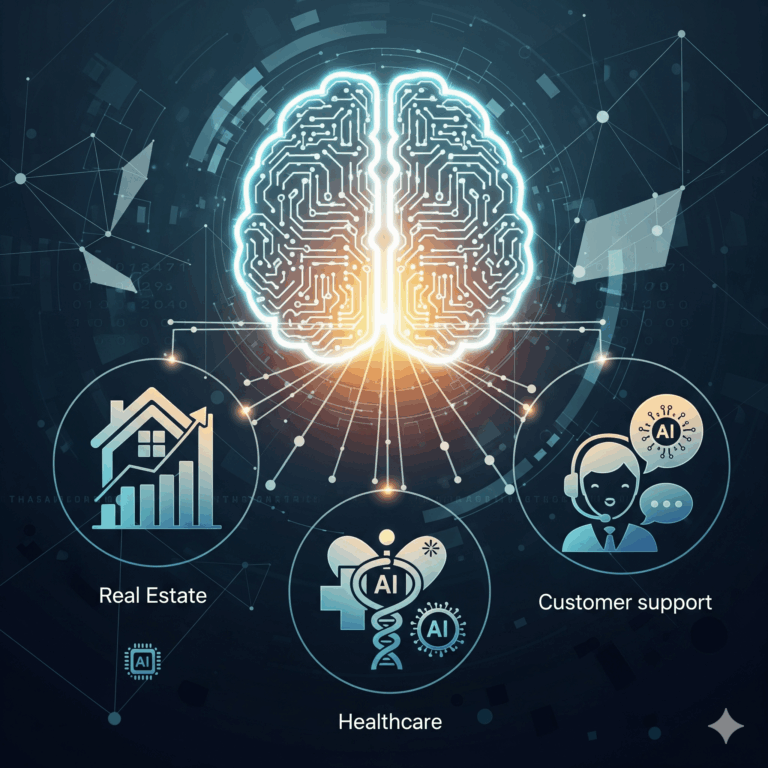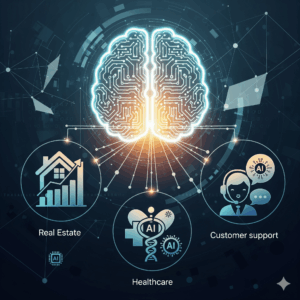
Are you looking for investment, pitch your idea with us!
In 2025, the construction industry is undergoing a massive transformation, driven by Smart Building Technologies. The integration of the Internet of Things (IoT), Artificial Intelligence (AI), and advanced sensors is enabling buildings to become more energy-efficient, sustainable, and user-friendly than ever before. For builders, vendors, and real estate professionals, this evolution represents a unique opportunity to innovate, reduce costs, and deliver better experiences to occupants.
1. The Role of IoT in Smart Buildings
The Internet of Things (IoT) forms the backbone of Smart Building Technologies 2025. By connecting devices, sensors, and systems, IoT enables real-time data exchange, automated control, and predictive maintenance.
Examples of IoT Applications in Buildings:
- Smart Lighting Systems: Automatically adjust based on occupancy and daylight levels.
- Climate Control: AI-powered HVAC systems that optimize temperature for comfort and energy savings.
- Security Automation: Smart cameras and access control systems that detect unusual activities.
2. AI-Powered Predictive Maintenance
One of the key benefits of smart building technology is predictive maintenance. Instead of waiting for equipment to fail, AI algorithms can analyze sensor data to predict when a system might require servicing.
- Reduces downtime
- Lowers repair costs
- Improves equipment lifespan
3. Energy Efficiency & Sustainability
Sustainability is at the heart of Smart Building Technologies 2025. Intelligent energy management systems track consumption in real time, automatically reducing waste.
- Solar Integration: Automated solar energy usage and storage.
- Water Management: Smart meters to detect leaks and optimize water use.
- Green Certifications: Smart tech helps buildings achieve LEED and other eco-friendly certifications.
4. Enhanced Safety & Security
Smart buildings are also safer. IoT-enabled fire detection, emergency alerts, and AI-powered surveillance provide a more secure environment for residents and workers.
- Real-Time Alerts: Instant notifications for fire, gas leaks, or intrusions.
- Occupant Tracking: Ensures safe evacuation during emergencies.
5. The Future Outlook
By the end of 2025, smart building adoption is expected to grow by over 30% globally. Builders and vendors who embrace IoT and AI will not only reduce operational costs but also increase property value and market demand.






















